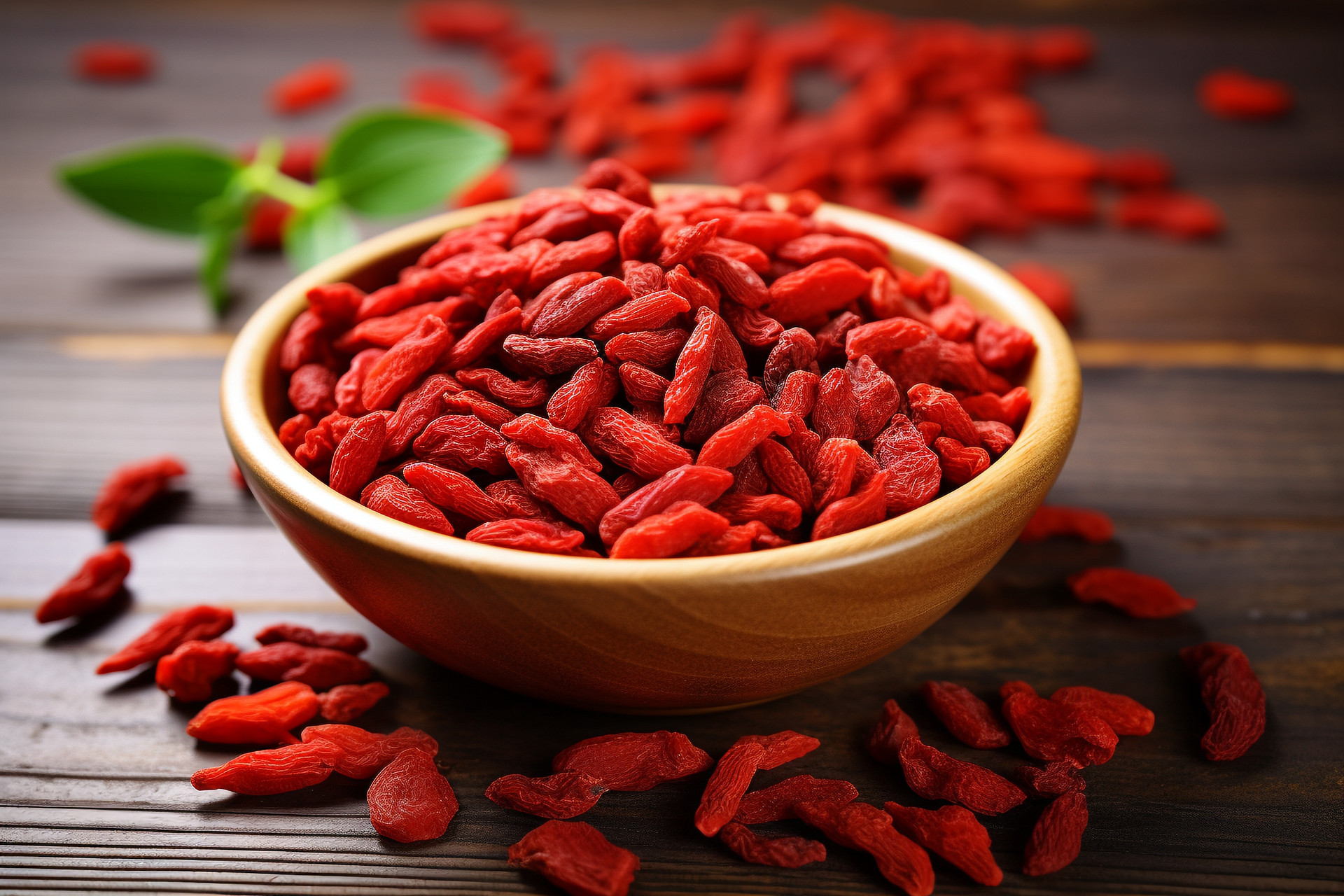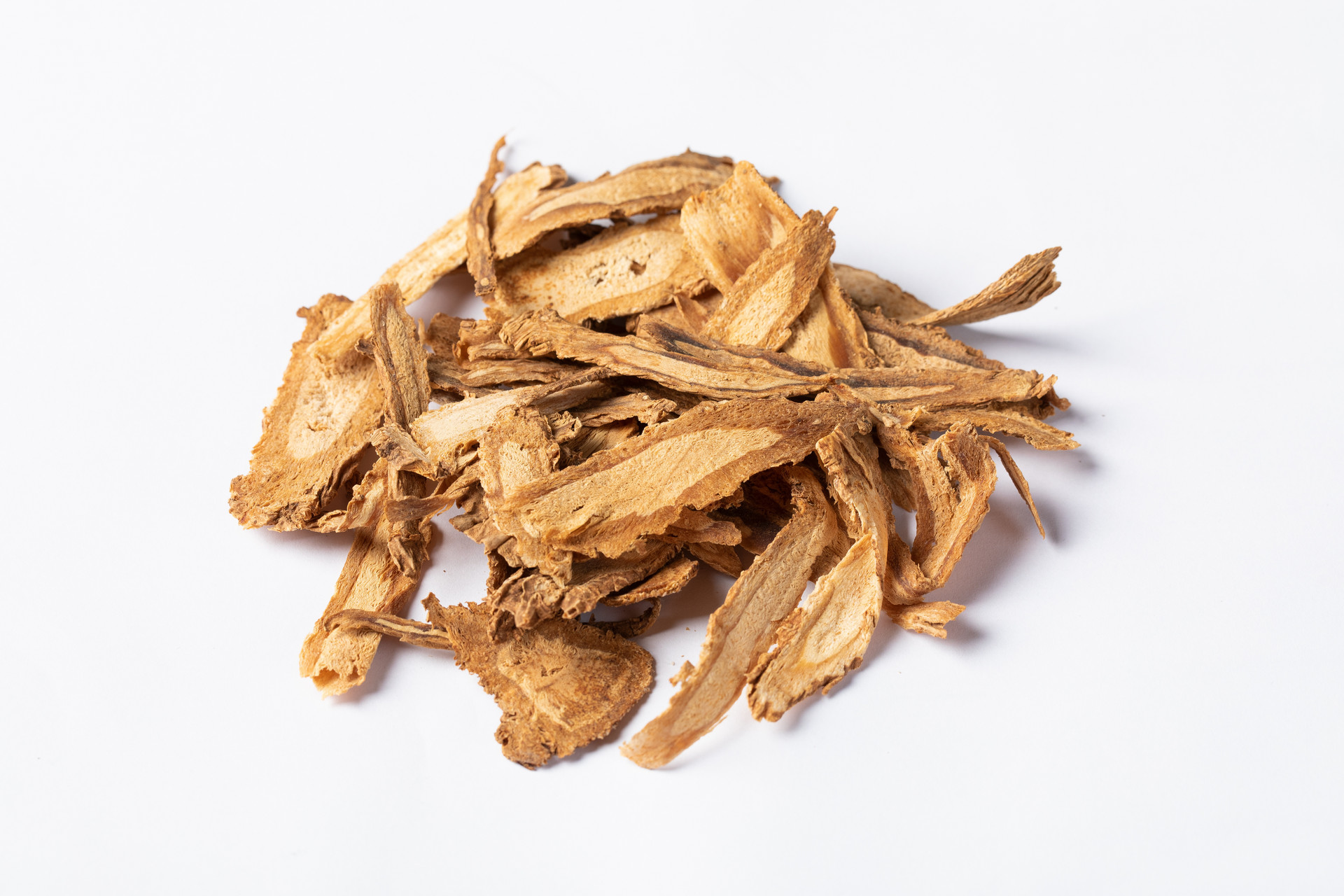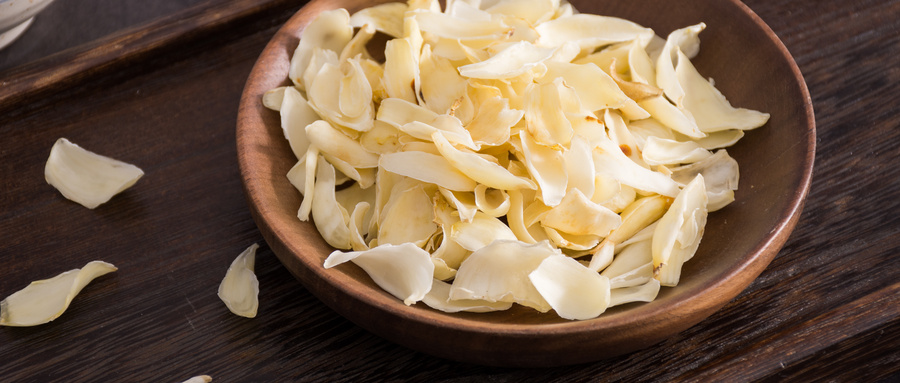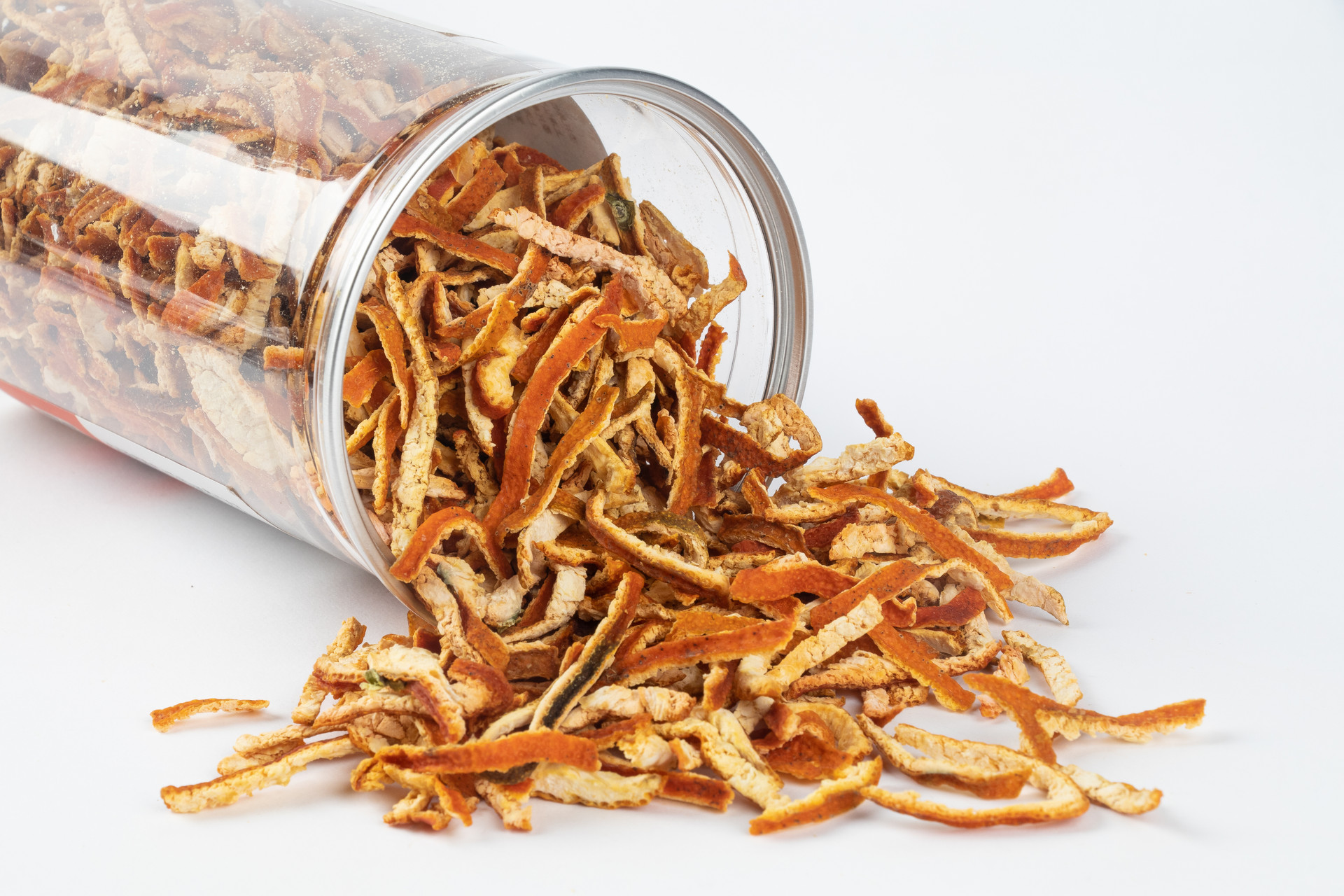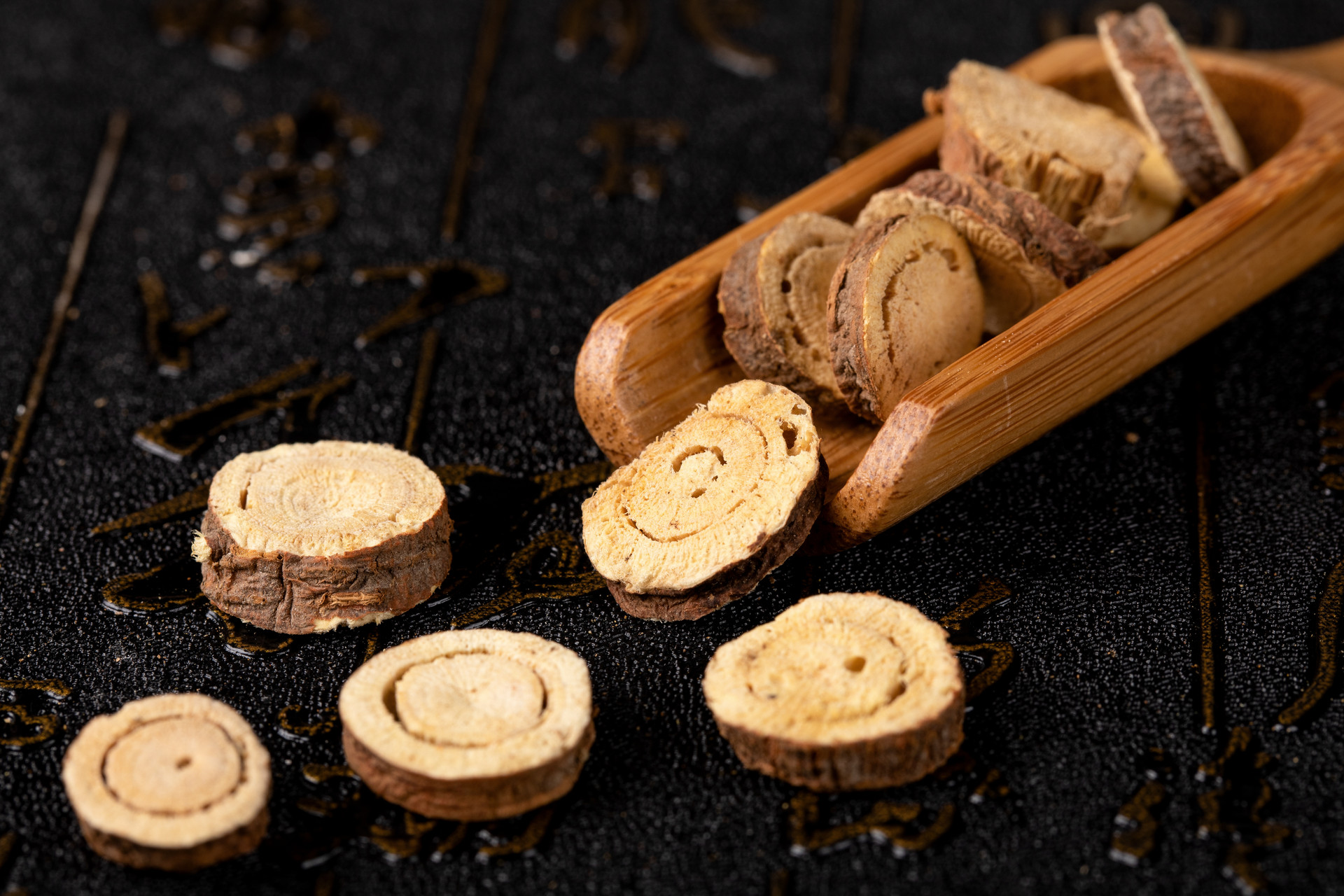The Gleditsia sinensis Lam., also known as Chinese honey locust thorn or soap thorn, is a thorn derived from the Gleditsia sinensis Lam. plant of the Fabaceae family. It is harvested from September to March of the following year, sliced, and dried.
[Processing Method] Take the raw herb and remove impurities. For unsliced thorns, soak briefly until moist, then slice into thick pieces and dry. For sliced thorns, sift to remove ash residue.
[Appearance of prepared slices] The thorns are irregularly thick slices with sharp points. The cross-section of the wood is yellowish-white, the pith is sponge-like and pale reddish-brown, the periphery is brown-purple or brownish-brown. The texture is brittle and easily breaks. It has no odor and a mild taste.
[Processing function] Chinese honey locust thorn has a pungent and warm nature. It enters the liver, lung, and stomach meridians. It has the functions of reducing swelling and toxins, promoting suppuration, and killing parasites. Processing the thorn makes the herb clean, facilitates the release of medicinal components, and facilitates formulation and preparation. It is used for treating abscesses, swollen sores, scrofula, scabies, postpartum insufficient lactation, and retained placenta. For example, fresh Chinese honey locust thorn can be crushed and boiled into a thick paste for external application to stubborn scabies (Tianjin Chinese Herbal Medicine). Chinese honey locust thorn can be burned into powder and mixed with warm wine to treat retained placenta (Compendium of Materia Medica). Chinese honey locust thorn and catbrier seeds are burned into ash, ground into powder, mixed with wine, and used to treat postpartum milk leakage and toxic retention (Pocket Formulary).




